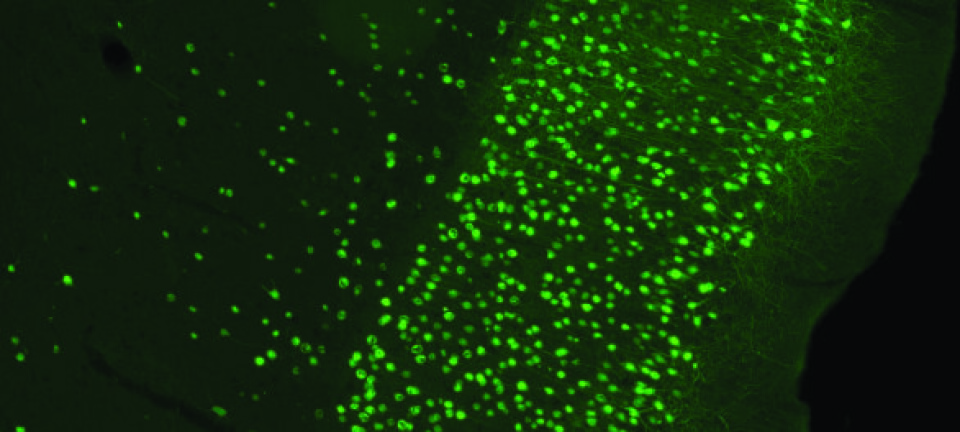
President Obama invests millions into Danish brain research
An international group of scientists will develop a brain scan method, which is far better than today's PET scans. For this purpose, they have received 1.5 million dollars from President Obama.
Danish scientists are now getting involved in a gigantic research project launched by US President Barack Obama in 2013.
The budget exceeds 100 million US dollars and the Danish scientists will get access to 1.5 million dollars, working alongside US scientists. The goal is to develop a new and much more sensitive brain scanning technology.
“This next generation of brain scans will involve higher sensitivity to detail and detecting faster signals in the brain," says Albert Gjedde, a Professor of neurobiology at the University of Copenhagen. "This means measuring what happens in the brain within milliseconds and nanometers."
Gjedde is on of the grant-receivers.
Present scanning technology is too slow
Today's most used brain scanning technology is PET-scanning but the brain activity connected to our consciousness happens far too quickly for a PET scan to observe, says neuroscientist Professor Dean F. Wong from the Johns Hopkins University who is also part of the project.
He explains that the PET-scan can be compared to studying traffic where the cars arrive at a specific points on a line, but the route, detours, and obstacles along the way are unknown.
The ambition is to create a new technology, which reveals the whole journey, millisecond by millisecond.
“The results will be valuable insights into how both healthy and unhealthy brains work,” says Wong.
Fluorescent substances reveal brain pathways
Scientists will develop a system which, like PET-scanning, is non-invasive.
Using fluorescent substances, light, sound, and advanced scanning equipment the activity of the living brain will be measured in three dimensions.
The information will then be analysed with the latest and most advanced technology.
The idea is to use specially designed nanoparticles, which are injected intravenously.
“The nano-particle works as small packets that release the drug at the right place in the brain,” says Gjedde.
Skilled scientists at the forefront
Gjedde believes they will succeed in developing a new scanning method as a great number of prominent neuroscientists have joined the effort.
Among others, Professor Per Ebbe Roland is onboard the project. He is known for his previous work into mapping activity in animal brains.
Another prominent scientist is the postdoc Jakob Kisbye Dreyer, who recently invented mathematical techniques to measure brain wave activity under certain conditions.
With these two experienced scientists, as well as other talented scientists from the US, Gjedde estimates that the three-year research project will provide a tangible outline for the new technology that could provide better insight into brain diseases such as Alzheimer's disease.
-----------
Read the original story in Danish on Videnskab.dk
Translated by: Louisa Field









